Modern camouflage: the principles of creation, species, prospects. 3 part
Part of 3. Camouflage armies of the world
Of all the western countries, Germany has the greatest experience in creating its own camouflage colors. Actually, the first camouflage of the Germans appeared in the First World War. In 1930 in Germany, the Splitter camouflage (“Fragment”) appeared in several modifications, which was actively used during the WWII - however, the fabric of this color was used mainly for sewing raincoats, tents and special equipment like parachute jump suits. At the same time, Germany can be considered the birthplace of camouflage field uniforms - it was there that from 1943 the full camouflage form was adopted for supplying field SS units. In texture and colors, it was similar to the modern Russian Partizan.
After the end of WWII, several variants of camouflage uniforms were developed in the Federal Republic of Germany; however, until the 1980s, none of them had been in a serious enough time supply. At the same time, the camouflage “Rain” (Rain) was developed in the GDR, which was used to paint field uniforms for servicemen of both the GDR army and a number of other armies of the Warsaw Pact (in particular, the army of Poland and Czechoslovakia). This camouflage was created by the experience of 1930's camouflage, but in the full sense it was not camouflage, representing a gray-olive background with a lot of short vertical brown stripes, creating a sort of picture of raining rain.
Only at the end of the 1970-s in Germany was developed a successful version of camouflage - Flektarn.
Flektarn (Flektarn)
This camouflage was developed in 1970-ies, first demonstrated at the joint Franco-German exercises in 1976. However, it was only accepted for supply in the 1989 year.
The designers of Flektharn combined the incompatible: they managed to solve the contradiction between the deforming and imitation function, combining small (imitation function) spots into large groups of spots (deforming function).
Fig. 1. German Flektarn
On the one hand, the developers of Flekterna used the experience of 1940-ies - some elements of Flektarn resemble German camouflage of the time. On the other hand, Flektarn was a significant step forward in the development of camouflage, because For some reason, no one had guessed before such a simple solution of combining functions to Flektharn.
For some time (before the appearance of the Multikam), the Flektarn was considered the most effective of the existing camouflages, and even now it is included in the unofficial top of camouflage textures. At the same time, it is considered that Flektarn is most effective in Western European conditions, and in conditions of Eastern European coniferous forests and birch groves its effectiveness (especially in the imitation function) decreases.
Flektarn exists in several colors, in particular, desert and tropical (the latter is called "Tropetarn").
It consists of the supply of the Bundeswehr. In addition to Germany, it is very common in Ukraine, both in the Armed Forces of Ukraine and in “volunteer units”. Ukrainians believe that wearing Flektarna underlines their Europeanness, which is why they often wear it with Bundeswehr badges (which does not always delight the Germans).
France, "distinguished" in World War II with a quick exit from an active war, almost immediately after WWII faced the need to wage many colonial wars. For this reason, she had to think about increasing the effectiveness of her armed forces, and, in particular, about taking on camouflage field uniforms for supplies.
Lizard
The first post-war French camouflage, Lizard, was created in the 1950s. Initially, servicemen of special units were equipped with them, but then it became all-army.
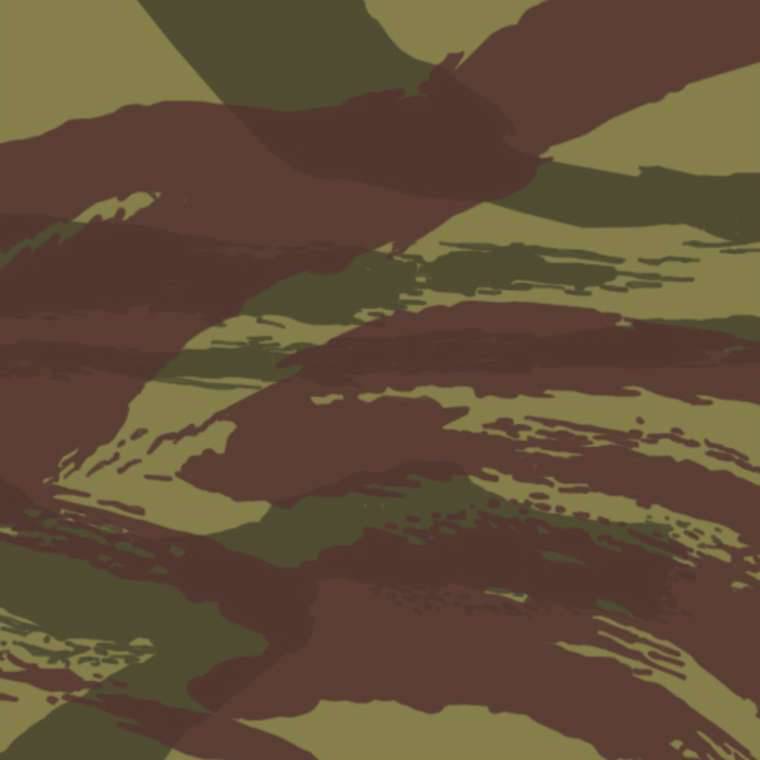
Fig. 2. One of the early modifications of Lizard
There are allegations that Lizard was created taking into account the experience of German camouflage builders, however, I leave this question to the reader (in my IMHO, from the German camouflage of WWII times in Lizard, somehow not enough).
On the basis of the Lizard, all camouflage tiger-colored camouflages, ranging from the famous Philippine Tiger Stripes to the Russian Tiger, were developed.
Lizard is still on the supply of the Armed Forces of a significant number of countries, from Portugal and Greece to Senegal, in France itself it was removed from the supply, giving way to CCE. The official Turkish camouflage is also a kind of Lizard.
CCE (Camouflage Centrale Europe)
Created in 90's. At first glance, the CCE is a French copy of Woodland. However, there are several differences.
Fig. 3. SSE
First, in the CCE, the background spots are not green (as in Woodland), but gray. Secondly, the spots themselves are larger than in Woodland. And thirdly, the spots are “flattened” compared to Woodland in the horizontal plane, because the French have taken into account the rule “when moving, the horizontal spots retain their masking properties”.
By the way, the concept of "Central Europe" in the name of camouflage is not about longitude, but about latitude. This refers not to “Central Europe” in the sense of Germany to Bulgaria, but “Central Europe” as a zone of deciduous forests (that is, not southern and not northern Europe).
Officially consists of the supply in the Armed Forces and the Foreign Legion of France, the world is spread a little.
It has a “desert” version called DDP.
The Italian army has its own traditions of camouflage use. According to some reports, camouflage uniforms appeared on supplies in the Italian Armed Forces as early as the 1920s.
Currently, the Italian army wears Vegetata colors.
Vegetata
Camouflage is designed in 2000-x, on supply consists of 2007 g.
Fig. 4. Vegeta
The basis for the development was Woodland, whose spots the Italians gave a more "broken", close to the pixel shape. Therefore, Vegetat is sometimes mistakenly referred to as “digital woodland”, although in reality it is “not digital and not woodland”.
Given that China is an industrial factory of the planet, in the nomenclature of Chinese camouflage to 2007. Damn leg break. The Chinese produced and produce a huge amount of both commercial camouflage and camouflage for their own army.
Nevertheless, it is possible to distinguish several camouflages, which are characteristic of PLA.
For a long time, the Chinese wore their version of Woodland, more similar to the Soviet "Ameba". Interestingly, for the marines, one of the colors used in this camouflage was blue.
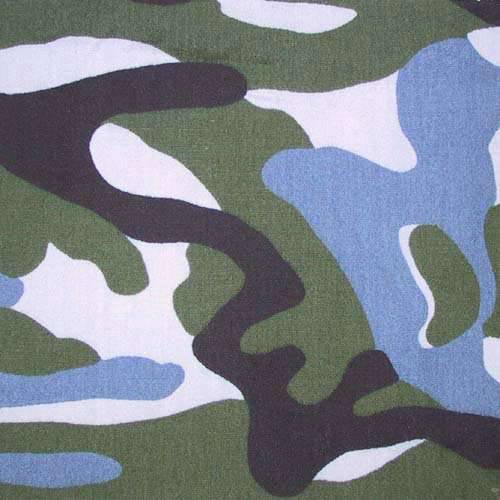
Fig. 5. One of the many Chinese options for reworking Woodland using blue. Consisted on supply
The spots themselves were slightly modified compared to the original Woodland.
Tibetan Flektarn
One of the interesting Chinese developments was camouflage, called "Tibetan Flektarn." According to the drawing, it is almost identical to the German Flektarnu, but it has a different color palette.
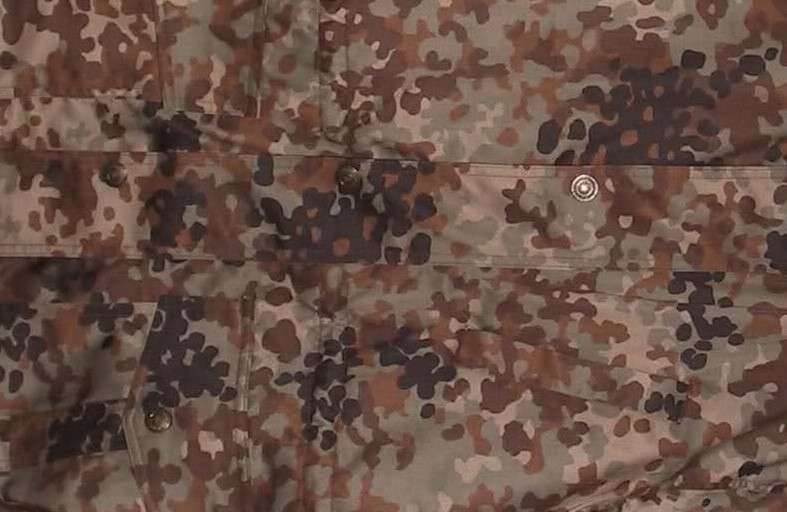
Fig. 6. Tibetan Flektarn
This camouflage shows a very high efficiency in the highlands, where gray-brown gamma dominates. Due to this, it is produced in many countries, including in the Russian Federation, however, it is not officially included in the supply anywhere. At the same time, PLA soldiers in Tibet actively wear it.
Only in 2007 did the Chinese introduce uniform camouflage for their armed forces.
Type 07
When developing camouflage for the PLA, several basic principles were taken into account.
Fig. 7. Camouflage "Type 07"
The principle of universality was implemented by choosing the background color of gray - which is common both in nature and in urban areas. The shape of the spots in the form of pixels was characteristic of all the camouflages of that time - as already mentioned, pixel spots better “behave” when the object is moving. The deforming function is realized due to the dominance of the background over the area (i.e., the foreground spots are made fairly narrow), the simulation function is due to the selection and combination of colors.
The 07 type exists in several color versions. For example, traditionally for the Marine Corps of the PLA, elements of blue are used.
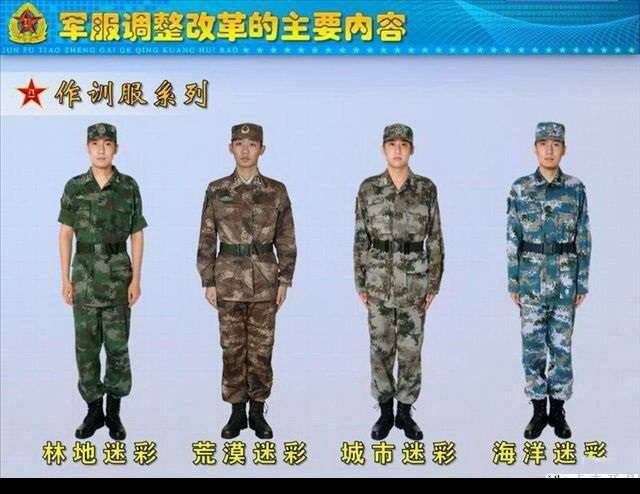
Fig. 8. Field uniform of military personnel of various arms of the PLA. Camouflage Type 07 in various color modifications
The 07 type is officially composed on the supply of PLA, in the rest of the world it is not widely distributed.
When developing modern camouflage, the Danes did not bother too much, but adapted the German Flektarn to their own conditions.
Danish Flektarn
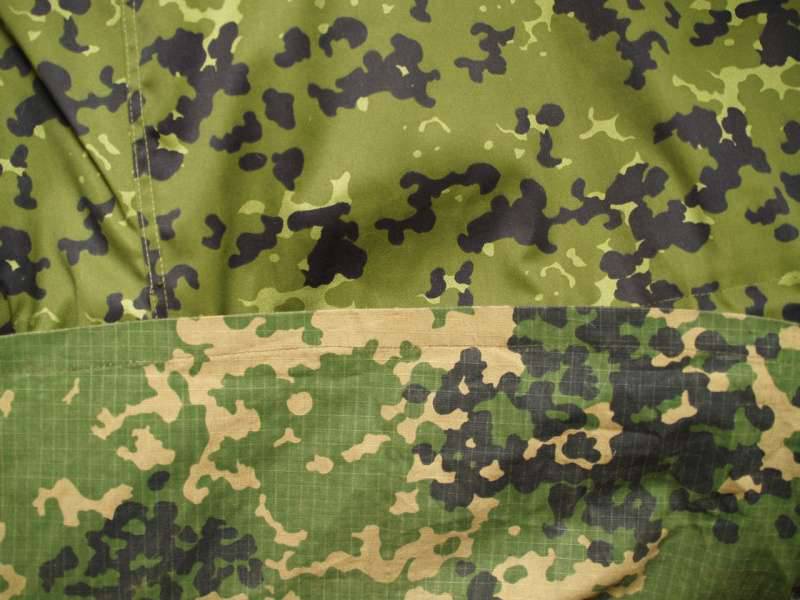
Fig. 9. Danish Flektarn Danish (above) and Russian (below) production
The Danes reduced the number of colors to three, and the colors themselves made more faded - instead of light green they used gray, instead of dark green they used olive green, and brown excluded. Camouflage was ideal for the northern forests of Denmark and ... Russia.
Danish Flektarn - this is the case when the camouflage is officially on the supply in one country, and the most widespread in another - and specifically in the Russian Federation. Although he is not a member of the Armed Forces of the Russian Federation, he, nevertheless, is very common here and is produced by several manufacturers.
Modern Swedish camouflage designed in 1990.
M90
When developing camouflage, the Swedes used the old German developments: the shape of the M90 spots is very similar to the shape of the Splitttr 1940-s spots.
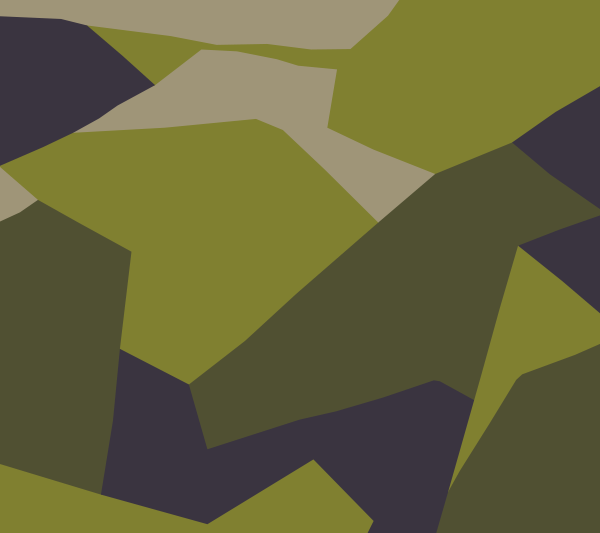
Fig. 10. Swedish M90
The deforming function is achieved by color contrast (as in GLC) and also by the fact that the combination of the faces of polygons contribute to the formation of a kind of 3D effect; imitation - selection of shades.
It consists of supplies in the armed forces of Sweden. It has a "desert" option.
It differs from Swedish by a slightly smaller number of colors and “roundness” of spots.
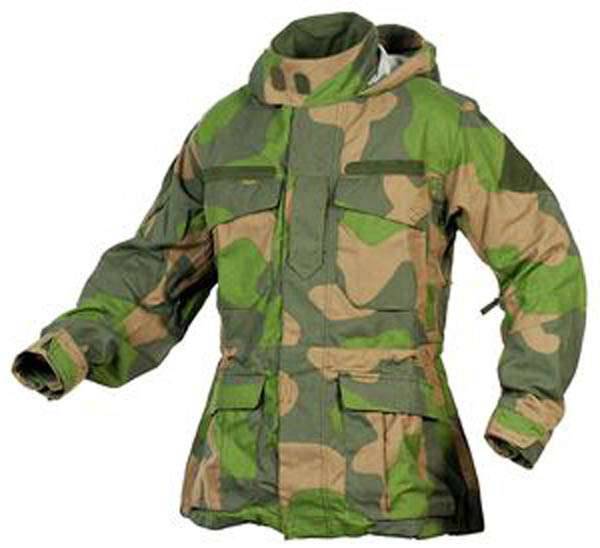
Fig. 11. Norwegian camouflage
In comparison with the Swedish, the color range is also slightly changed in the direction of clarification.
Switzerland last actively fought (as a state) even with Karl of Burgundy, and therefore it has little real experience in database, and national pride is higher than Mont Blanc. Therefore, the most non-military Europe in Europe could not do without its own camouflage.
Alpenflage (Alpenflage)
The Swiss so admire the beauty of the mountains in the spring, when alpine meadows begin to bloom all the flora that could not but reflect this fact on the form of their soldiers.
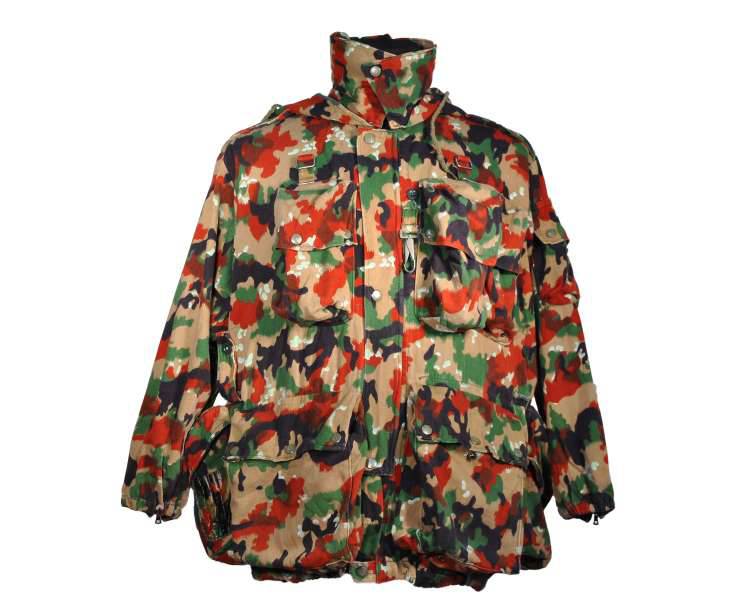
Fig. 12. Alpenflage
Actually, if the Chinese are the only ones who use blue in camouflage, then the Swiss are the only ones who use red. The red elements of the picture just symbolize the red spring flowers, with which the Alps are covered in the corresponding period. In addition to Switzerland, this camouflage is not common anywhere.
If you don’t really go into details, the Japanese wear the Flektarna hybrid (there are black spots from it) with HRV-93 compressed vertically.
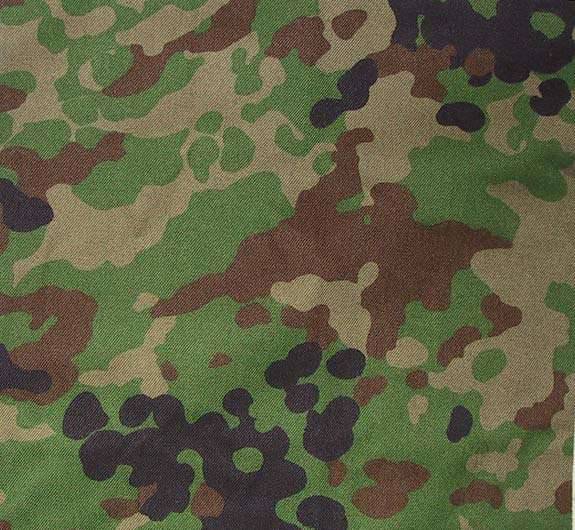
Fig. 13. Japanese camouflage
Such camouflage is common in Japan, sometimes found in Taiwan.
For modern Ukraine, a situation is typical in which the number of various militarized formations is so large that it inevitably creates a situation of “uniform number XXUMX” (which they have stolen, we also wear).
Officially, the Soviet “Bhutan” is on the supply of the Armed Forces of Ukraine, but the dominance of the psychological paradigm “ala ne yak u moskaliv” makes the Ukrainian warriors of various gangs and calibers wear something else.
Considering that to whom the war is - and to whom the mother is native, many enterprises left over from the Ukrainian military-industrial complex, with the appearance of the need for proper Ukrainian camouflage, actively began the development and promotion of his own, actually Ukrainian camouflage.
Despite the many developments, of interest is probably only one of the Ukrainian camouflage, which has the poetic name "Toad".
Toad
This camouflage was developed under the dominant Ukrainian landscape - forest-steppe with sparse deciduous groves.
Fig. 14. Ukrainian Toad
Interestingly, the deforming function is achieved due to the color contrast (as in GLC), and the imitative function is achieved both by the shape and size of the spots imitating foliage, and by the selection of shades. It is also interesting that the Toad is the only camouflage that uses a bright lime color.
Apparently, the Toad developers wanted to some extent repeat the successful Multicam scheme (as evidenced by the shape of the background spots and the presence of diffuse transitions), but they didn’t really make it. The secret of Multicam lies in the fact that it has clearly delineated foreground spots, which, in combination with indistinctly demarcated background spots, creates the illusion of volume. Toad developers in this regard are similar to adherents of a cargo cult who try to imitate something external, not understanding the essence of the internal - the foreground spots in the Toad are not only low-contrast to the rear, they also have pronounced diffuse transitions (which 3D- Effect).
However, for the Ukrainian conditions Toad is quite satisfactory. In any case, similar to English Pencott to the point of confusion.
Fig. 15. The Toad Winner aims past the photographer.
Nowadays, Ukrainians mostly wear Cartoons, German Flektarn and wear remains of Bhutan; Also common is Form No. 8. The toad, although objectively and somewhat superior to Flektarn, is not officially part of the supply.
The camouflage of Poland, the Czech Republic and several other Eastern European countries differ in name, but in fact they represent approximately one scheme with minor differences in the grouping of spots and the selection of shades.
All these camouflages have a common ancestor, created in the USSR on the subject of "Ameba".
Amoeba
The general sense of camouflage "Amoeba" - roughly equal in size to black, dark green and brown amoebae spots on a light background.
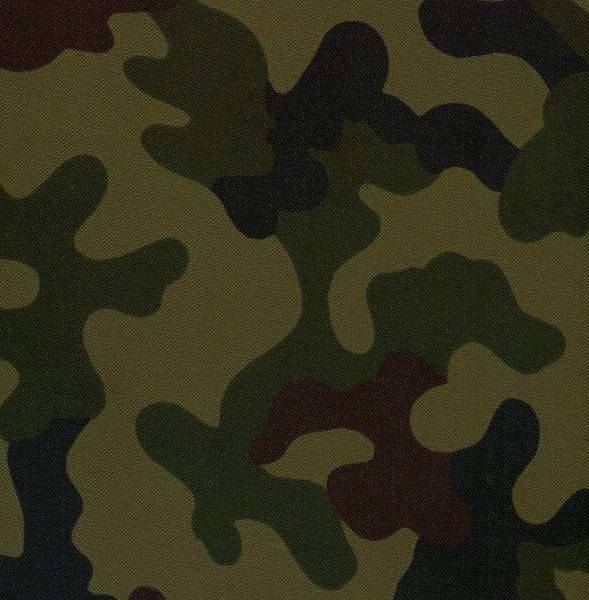
Fig. 16. Polish version of Amoeba - wz93 "Panther"
The Czech version of Ameba, vz95, looks more like Woodland, to which color inversion is applied.
Fig. 17. Czech version of Ameba - vz95
Amoeba species consist of the supply of the Armed Forces of some Eastern European countries.
Also, these countries are trying to develop their camouflage, but at the present time, none of them is in supply.
Lithuania
Fig. 17. Lithuanian Armed Forces
As you can see, the Lithuanian camouflage is a kind of a hybrid of KZS and HRV-93.
Latvia
Latvian camouflage even has its own name - Latpat. However, the colors of this camouflage are brazenly borrowed by the developers from the Chinese, and not from Type-07.
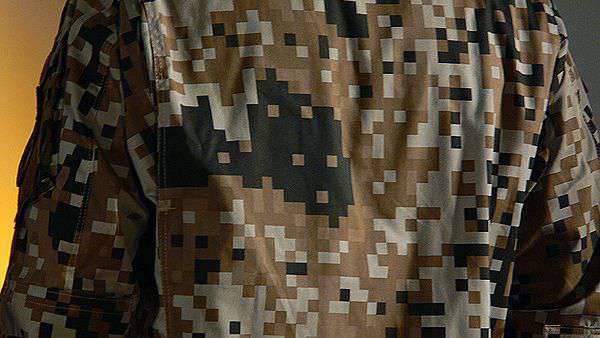
Fig. 18. Latpat
I do not know where the Latvian developers found Tibet on the Baltic shores, and also why they interpret the pixel scheme so strangely, but the camouflage they have here is ...
Estonia
Estonian soldiers wear two camouflage patterns, one of which is Bhutan, in which the brown color is replaced by green, and the other is a slightly modified Kadpat (with slightly larger spots).
Fig. 19. Estonian military in Bhutan
Fig. 20. Estonian military in a modified Kadpat
Summing up An overview of the main modern camouflage, you can say the following.
1. We can distinguish the 3 generation of modern camouflage:
a. Camouflage with large patches of rounded shapes - 1-th generation (1970-e - 1990-e).
b. Camouflage with pixel spots, grouped in groups - 2-th generation (1990-e - 2005).
c. Camouflage with elements of 3D effect - 3-th generation (2005 - NV).
2. The more the country is fighting, the more it has a range of camouflage.
3. There is no “better” camouflage — everyone is good for certain conditions, however, the next-generation camouflage has obvious advantages over previous-generation camouflage.
4. All attempts to develop a universal camouflage have not yet been crowned with sane success (except that Cartoons can be considered as such).
If we talk about the creation of some "perfect" camouflage, then, in my opinion, it should look like this:
1. Background - blurred spots of medium size and dull colors with smooth color transitions (diffuse or gradient).
2. Foreground spots are pixel, with pronounced borders, of darker shades than the background.
3. The shape and size of the foreground spots should imitate elements of the landscape in which camouflage is to be used.
4. The location of the foreground spots should be oriented preferably horizontally; it is desirable to use the 3D principle according to the scheme implemented in Cryptek and Raster.
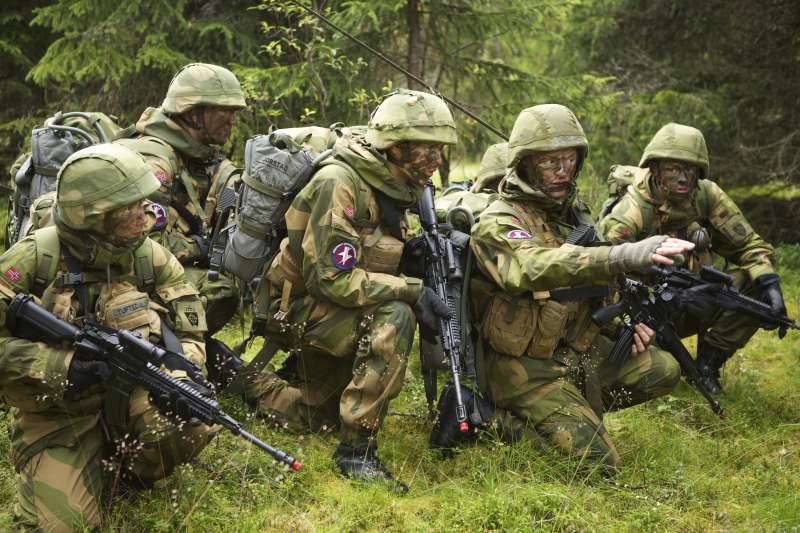
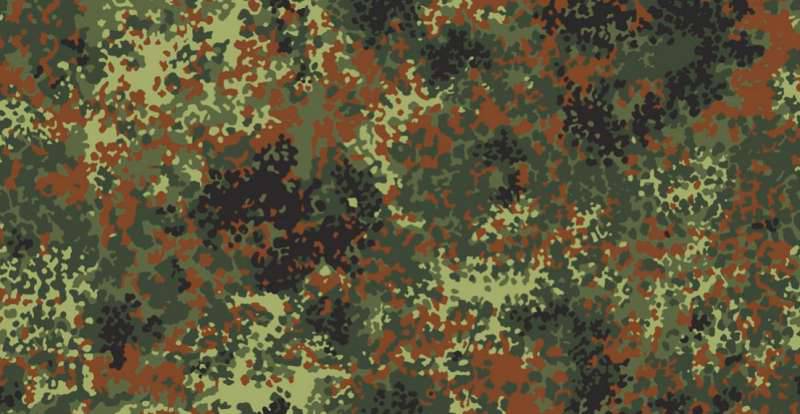
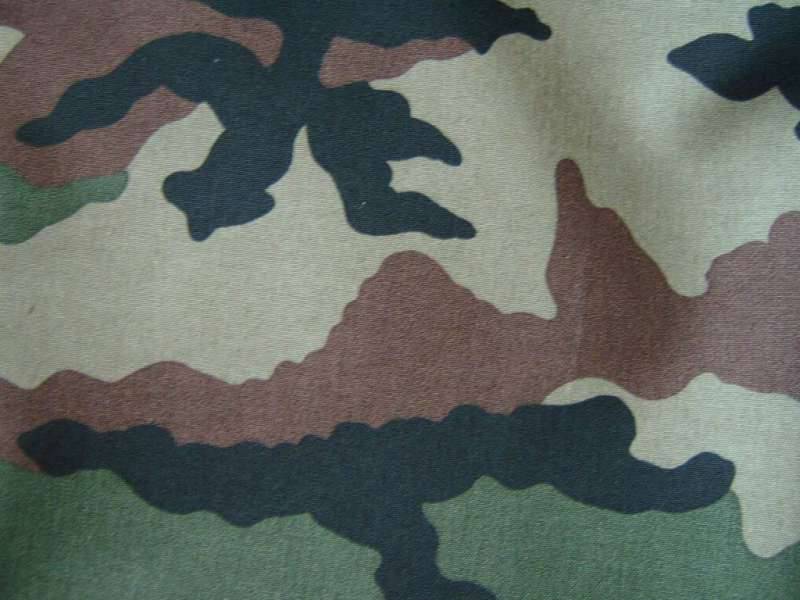
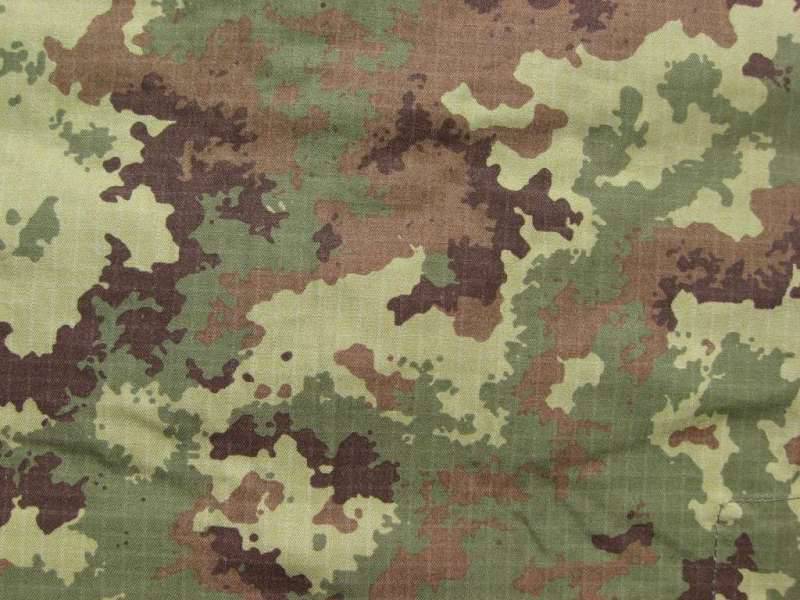
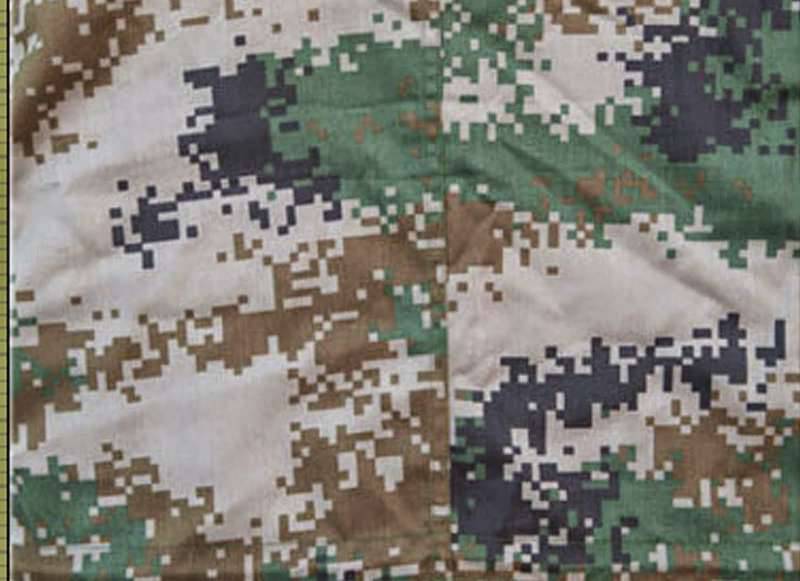
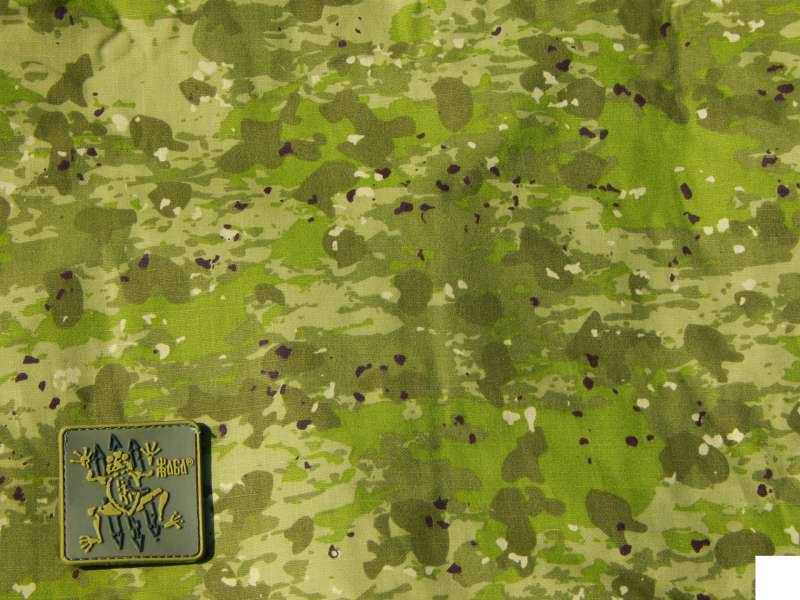
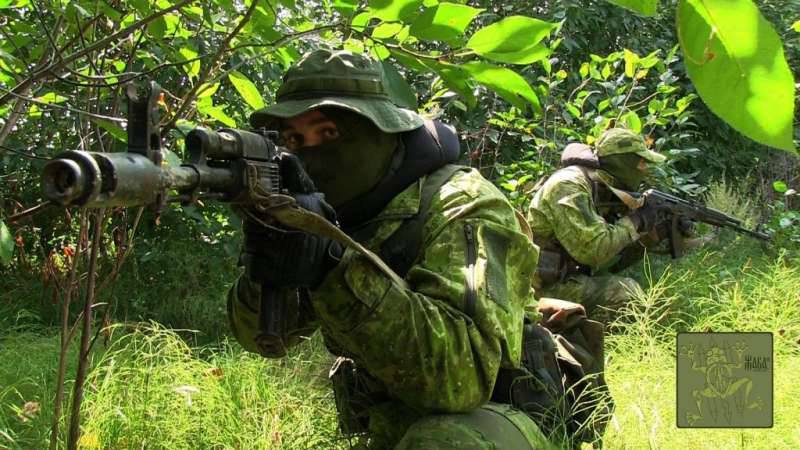
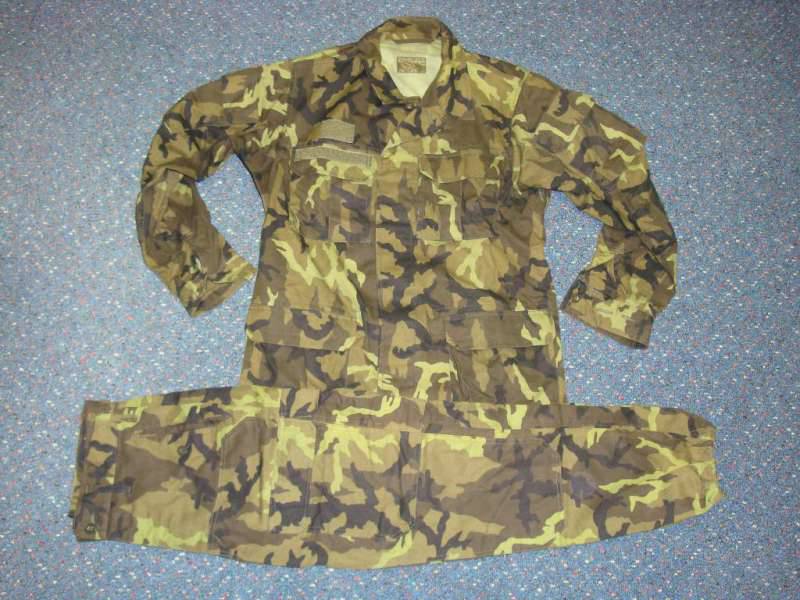
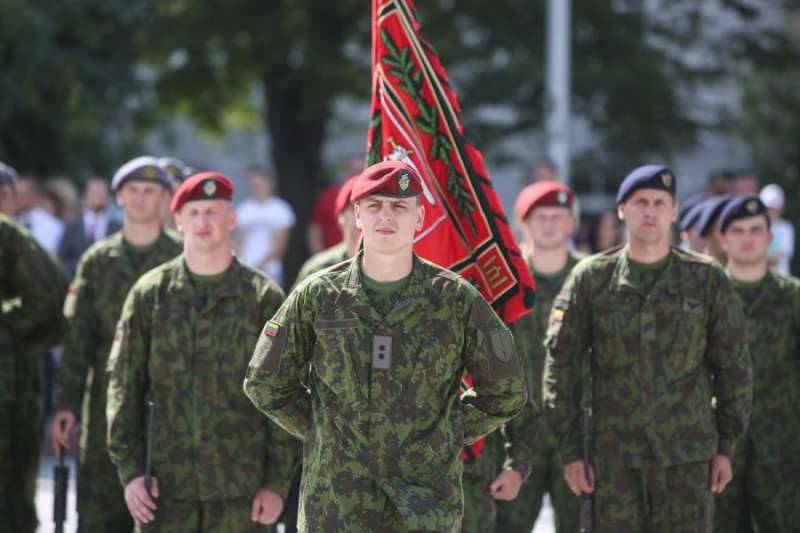
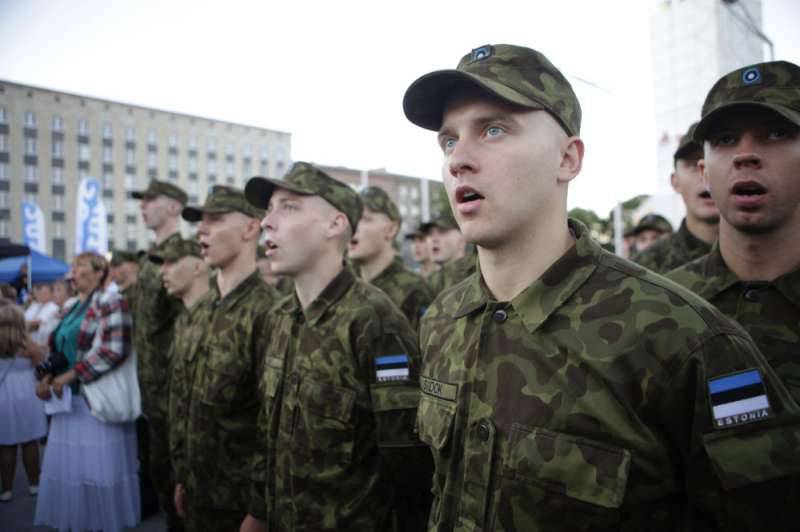
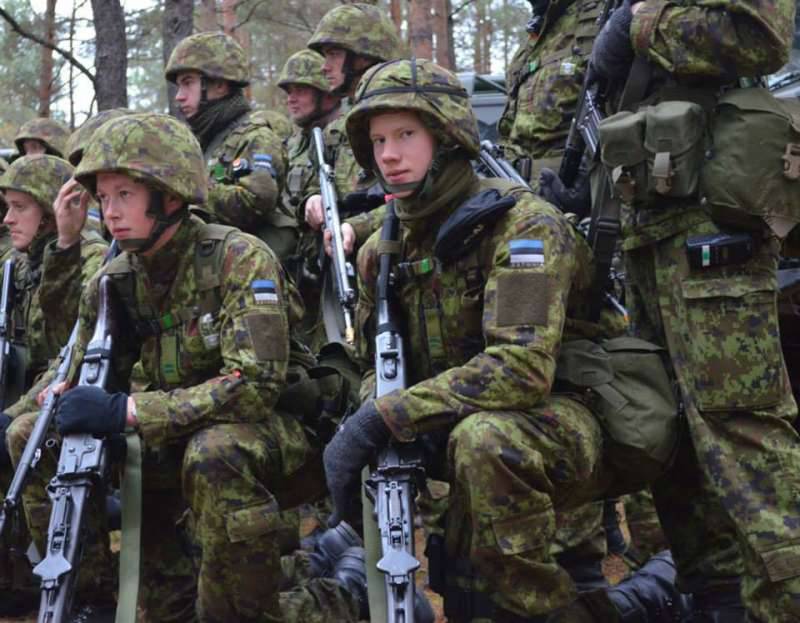
Information